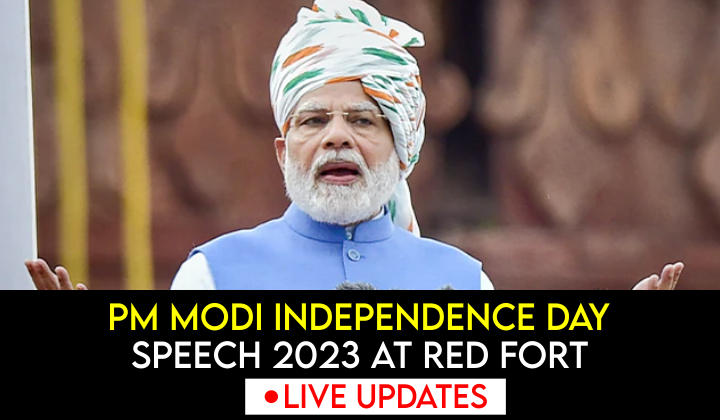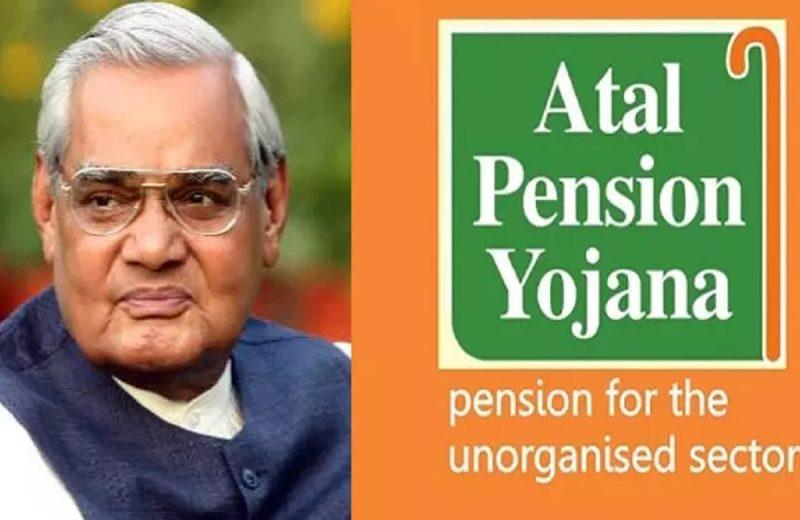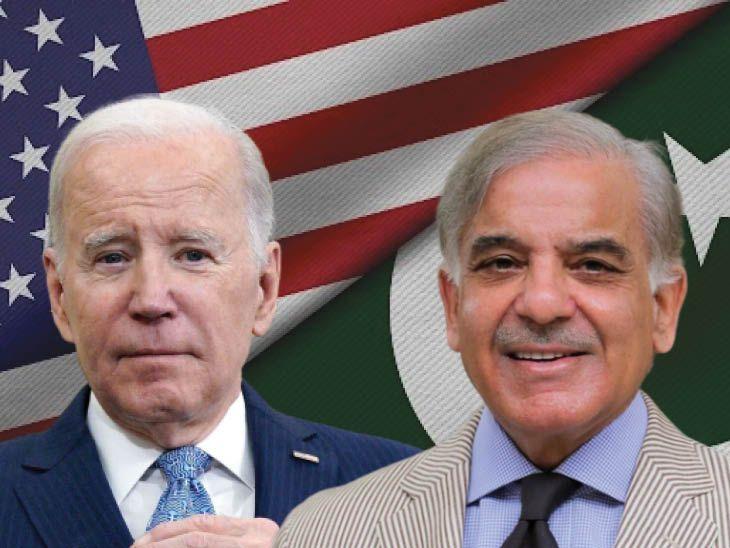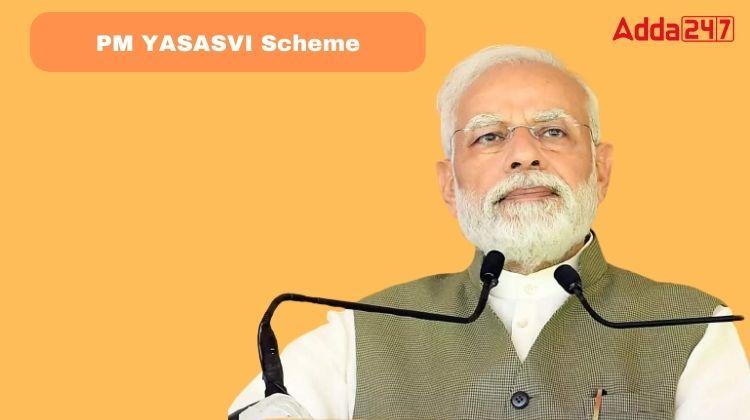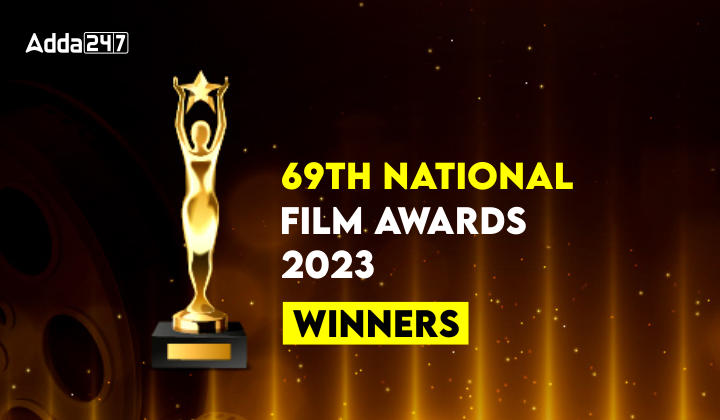
69th National Film Awards 2023 Winners List
The winners of the 69th National Film Awards were announced at the National Media Center in New Delhi. The 69th National Film Awards took center stage, unveiling a constellation of talented winners who have left an indelible mark on India’s cinematic landscape. These awards are recognized as one of the highest honors in the field of film-making, serve as an evident to the dedication and creativity of individuals who contribute to the nation’s rich cinematic tapestry.
National Film Awards Winners 2023
In a glittering ceremony, the winners of the 69th National Film Awards were revealed. The Allu Arjun was awarded for the Best Actor for the film Pushpa while the Best Actress Award was presented to Alia Bhatt and Kriti Sanon for their films Gangubai Kathiawadia and Mimi respectively. The Best Feature Film Award was presented to The Nambi Effect. The Kashmir Files won the Nargis Dutt Award for Best Film on National Integration.
69th National Film Awards 2023 Complete Winners List
| Category | Winner |
|---|---|
| Best Feature Film | Rocketry |
| Best Director | Nikhil Mahajan, Godavari |
| Best Popular Film Providing Wholesome Entertainment | RRR |
| Nargis Dutt Award for Best Film on National Integration | The Kashmir Files |
| Best Actor | Allu Arjun, Pushpa |
| Best Actress | Alia Bhatt, Gangubai Kathiawadi and Kriti Sanon, Mimi |
| Best Supporting Actor | Pankaj Tripathi, Mimi |
| Best Supporting Actress | Pallavi Joshi, The Kashmir Files |
| Best Child Artist | Bhavin Rabari, Chhello Show |
| Best Screenplay (Original) | Shahi Kabir, Nayattu |
| Best Screenplay (Adapted) | Sanjay Leela Bhansali & Utkarshini Vashishtha, Gangubai Kathiawadi |
| Best Dialogue Writer | Utkarshini Vashishtha & Prakash Kapadia, Gangubai Kathiawadi |
| Best Music Director (Songs) | Devi Sri Prasad, Pushpa |
| Best Music Direction (Background Music) | MM Keeravaani, RRR |
| Best Male Playback Singer | Kaala Bhairava, RRR |
| Best Female Playback Singer | Shreya Ghoshal, Iravin Nizhal |
| Best Lyrics | Chandrabose, Konda Polam’s Dham Dham Dham |
| Best Hindi Film | Sardar Udham |
| Best Kannada Film | 777 Charlie |
| Best Malayalam Film | Home |
| Best Gujarati Film | Chhello Show |
| Best Tamil Film | Kadaisi Vivasayi |
| Best Telugu Film | Uppena |
| Best Maithili Film | Samanantar |
| Best Mishing Film | Boomba Ride |
| Best Marathi Film | Ekda Kaay Zala |
| Best Bengali Film | Kalkokkho |
| Best Assamese Film | Anur |
| Best Meiteilon Film | Eikhoigi Yum |
| Best Odia Film | Pratikshya |
| Indira Gandhi Award for Best Debut Film of a Director | Meppadiyan, Vishnu Mohan |
| Best Film on Social Issues | Anunaad – The Resonance |
| Best Film on Environment Conservation/Preservation | Aavasavyuham |
| Best Children’s Film | Gandhi and Co |
| Best Audiography (Location Sound Recordist) | Arun Asok & Sonu K P, Chavittu |
| Best Audiography (Sound Designer) | Aneesh Basu, Jhilli |
| Best Audiography (Re-recordist of the final mixed track) | Sinoy Joseph, Sardar Udham |
| Best Choreography | Prem Rakshith, RRR |
| Best Cinematography | Avik Mukhopadhayay, Sardar Udham |
| Best Costume Designer | Veera Kapur Ee, Sardar Udham |
| Best Special Effects | Srinivas Mohan, RRR |
| Best Production Design | Dmitrii Malich and Mansi Dhruv Mehta, Sardar Udham |
| Best Editing | Sanjay Leela Bhansali, Gangubai Kathiawadi |
| Best Makeup | Preetisheel Singh, Gangubai Kathiawadi |
| Best Stunt Choreography | King Soloman, RRR |
| Special Jury Award | Shershaah, Vishnuvardhan |
| Special Mention | 1. Late Shri Nallandi, Kadaisi Vivasayi 2. Aranya Gupta & Bithan Biswas, Jhilli 3. Indrans, Home 4. Jahanara Begum, Anur |
| Best Non-feature film | Ek Tha Gaon |
| Best Direction (Non-feature film) | Bakul Matiyani, Smile Please |
| Best Debut Non-Feature Film of a Director | Paanchika, Ankit Kothari |
| Best Anthropological Film | Fire on Edge |
| Best Biographical Film | Rukhu Matir Dukhu Majhi and Beyond Blast |
| Best Arts Films | T.N. Krishnan Bow Strings to Divine |
| Best Science & Technology Films | Ethos of Darkness |
| Best Promotional Film | Endangered Heritage ‘Warli Art’ |
| Best Environment Film (Non-feature film) | Munnam Valavu |
| Best Film on Social Issues (Non-feature film) | Mithu Di and Three Two One |
| Best Investigative Film | Looking For Challan |
| Best Exploration Film | Ayushman |
| Best Educational Film | Sirpigalin Sirpangal |
| Best Short Fiction Film | Dal Bhat |
| Best Animation Film | Kandittundu |
| Best Film on Family Values | Chand Saanse |
| Best Cinematography (Non-feature film) | Bittu Rawat, Pataal |
| Best Audiography (Re-recordist of the final mixed track) (Non-feature film) | Unni krishnan, Ek Tha Gaon |
| Best Production Sound Recordist (Location/Sync Sound) (Non-feature film) | Suruchi Sharma, Meen Raag |
| Best Editing (Non-feature film) | Abhro Banerjee, If Memory Serves Me Right |
| Best Music Direction (Non-feature film) | Ishaan Divecha, Succelent |
| Best Narration/Voice Over (Non-feature film) | Kulada Kumar Bhattacharjee, Hathibondhu |
| Special Mention (Non-feature film) | 1. Aniruddha Jatkar, Baale Bangara, 2. Srikanth Deva, Karuvarai, 3. Sweta Kumar Das, The Healing Touch, 4. Ram Kamal Mukherjee, Ek Duaa |
| Special Jury Award (Non-feature film) | Shekhar Bapu Rankhambe, Rekha |
| Best Book on Cinema | Music by Laxmikant Pyarelal: The Incredibly Melodious Journey by Rajiv Vijayakar |
| Best Film Critic | Purushothama Charyulu |
| Best Film Critic (Special Mention) | Subramanya Bandoor |
National Film Awards
The National Film Awards, held annually, stand as a beacon of honor in the stream of Indian cinema. The National Film Awards are organized by the Directorate of Film Festivals, under the Union Ministry of Information and Broadcasting. They celebrate films that exhibit not only aesthetic and technical excellence but also social relevance, signifying the power of cinema as a medium of both art and impact.
History of National Film Awards
The National Film Awards were started in 1954 in the name of “State Awards.” At that time, only best films in different regional languages were nominated and awarded. In 1967, it started giving awards for actors and technicians working on the films. The first actor to win Best Actress Award was Nargis for her performance in Raat Aur Din while Uttam Kumar won the Best Actor Award for Antony Firingee and Chiriyakhana.
Since the first awards given for the films of 1953, the National Film Awards have come a long way. Over the years the number of the awards has increased. Initially called ‘State Awards’, with two President’s Gold Medals, two certificates of merit and silver medals for a dozen regional films, for the first six years, it was the practice to give the Regional Best Award to the National Best Film itself. Over the years the number of awards increased.
Separate awards for artists and technicians were instituted in 1968 for the films of 1967, Nargis Dutt and Uttam Kumar being the first actress and actor to get the Best Actress (then called Urvashi) and Best Actor (then called Bharat) Awards respectively.
The awards are given in three sections: Features, Non-Features and Best Writing on Cinema.
While selection for the winners in Features and Non-Features is recognition of excellence in cinematic achievements in various categories, the ‘ Best Writing on Cinema’ section focuses on encouraging the study and appreciation of cinema as an art form and dissemination of information and critical appreciation of the art form through the publication of various books, articles, reviews, newspaper coverage and studies.
The Awards aim at encouraging the production of films of aesthetic & technical excellence and social relevance contributing to the understanding and appreciation of cultures of different regions of the country in cinematic form, thereby also promoting unity and integrity of the nation. The winners of the awards are decided by the Jury comprising persons distinguished in the field of cinema, other allied arts and humanities.
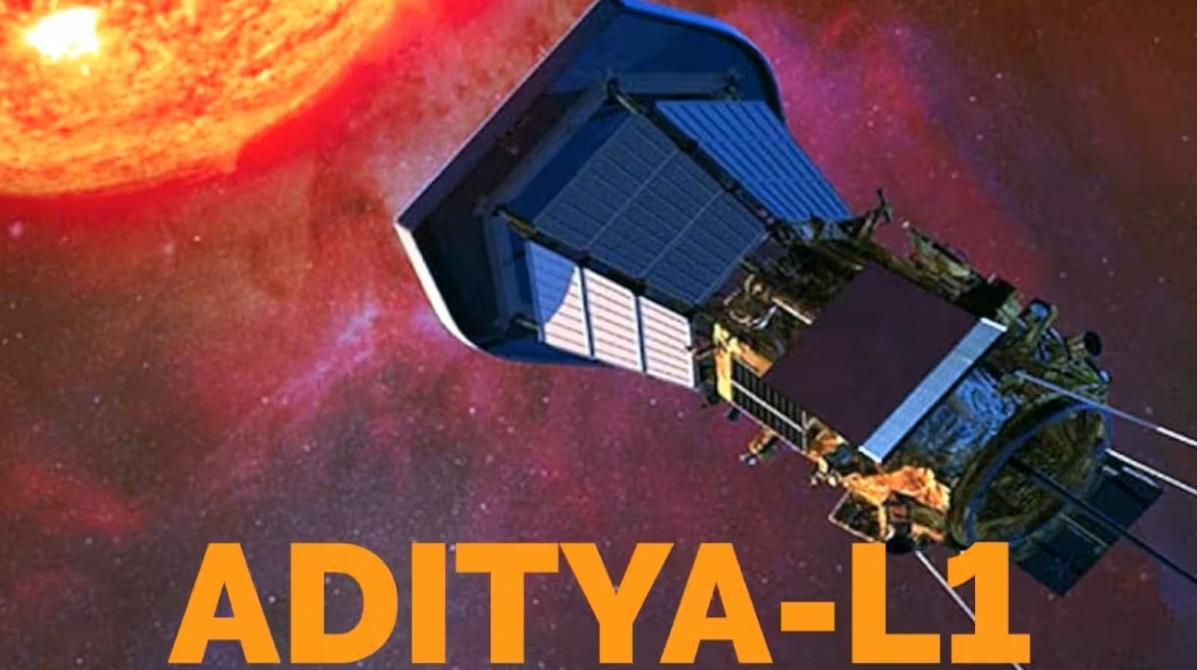


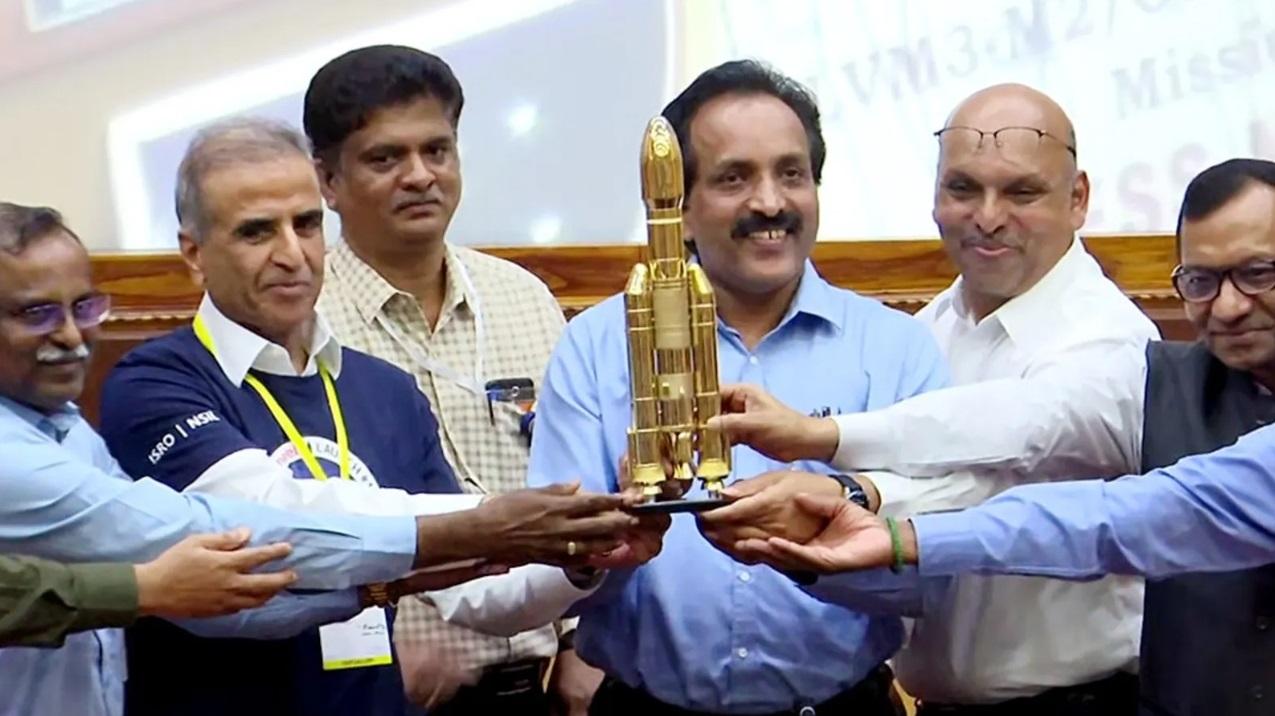







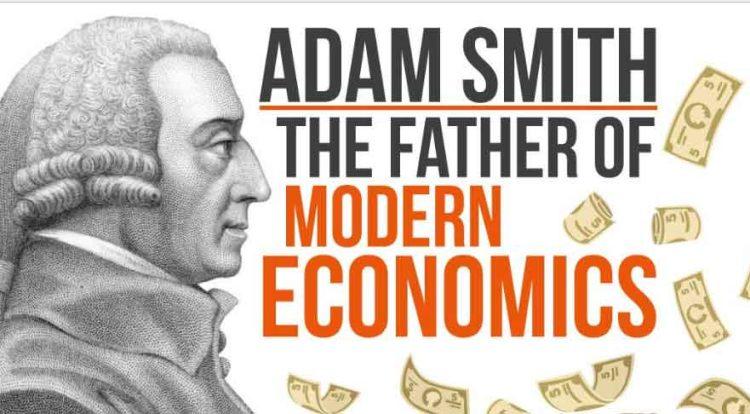
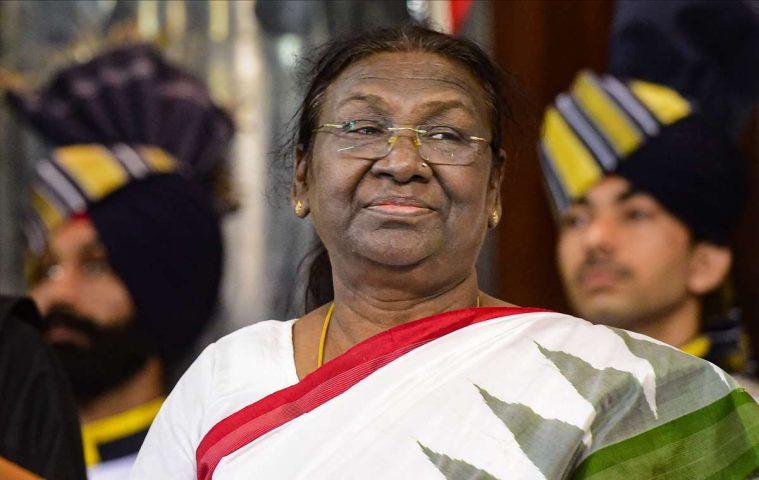
.jpg)

